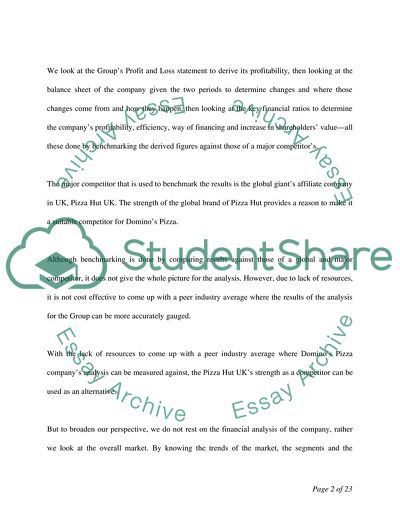Cite this document
(Dominos Pizzas Profitability Essay Example | Topics and Well Written Essays - 4250 words, n.d.)
Dominos Pizzas Profitability Essay Example | Topics and Well Written Essays - 4250 words. Retrieved from https://studentshare.org/finance-accounting/1713616-financial-statement-analysis-assignment
Dominos Pizzas Profitability Essay Example | Topics and Well Written Essays - 4250 words. Retrieved from https://studentshare.org/finance-accounting/1713616-financial-statement-analysis-assignment
(Dominos Pizzas Profitability Essay Example | Topics and Well Written Essays - 4250 Words)
Dominos Pizzas Profitability Essay Example | Topics and Well Written Essays - 4250 Words. https://studentshare.org/finance-accounting/1713616-financial-statement-analysis-assignment.
Dominos Pizzas Profitability Essay Example | Topics and Well Written Essays - 4250 Words. https://studentshare.org/finance-accounting/1713616-financial-statement-analysis-assignment.
“Dominos Pizzas Profitability Essay Example | Topics and Well Written Essays - 4250 Words”, n.d. https://studentshare.org/finance-accounting/1713616-financial-statement-analysis-assignment.


